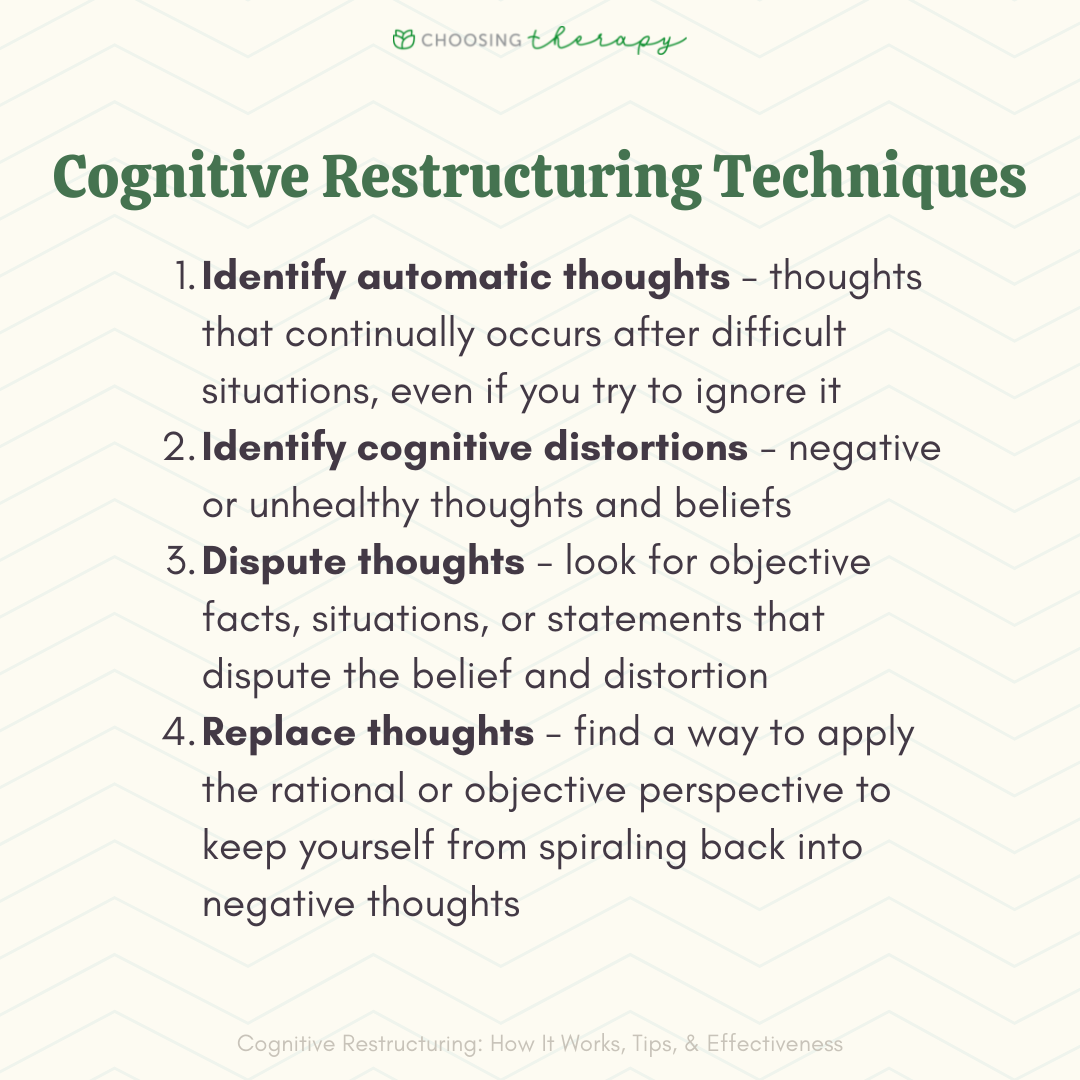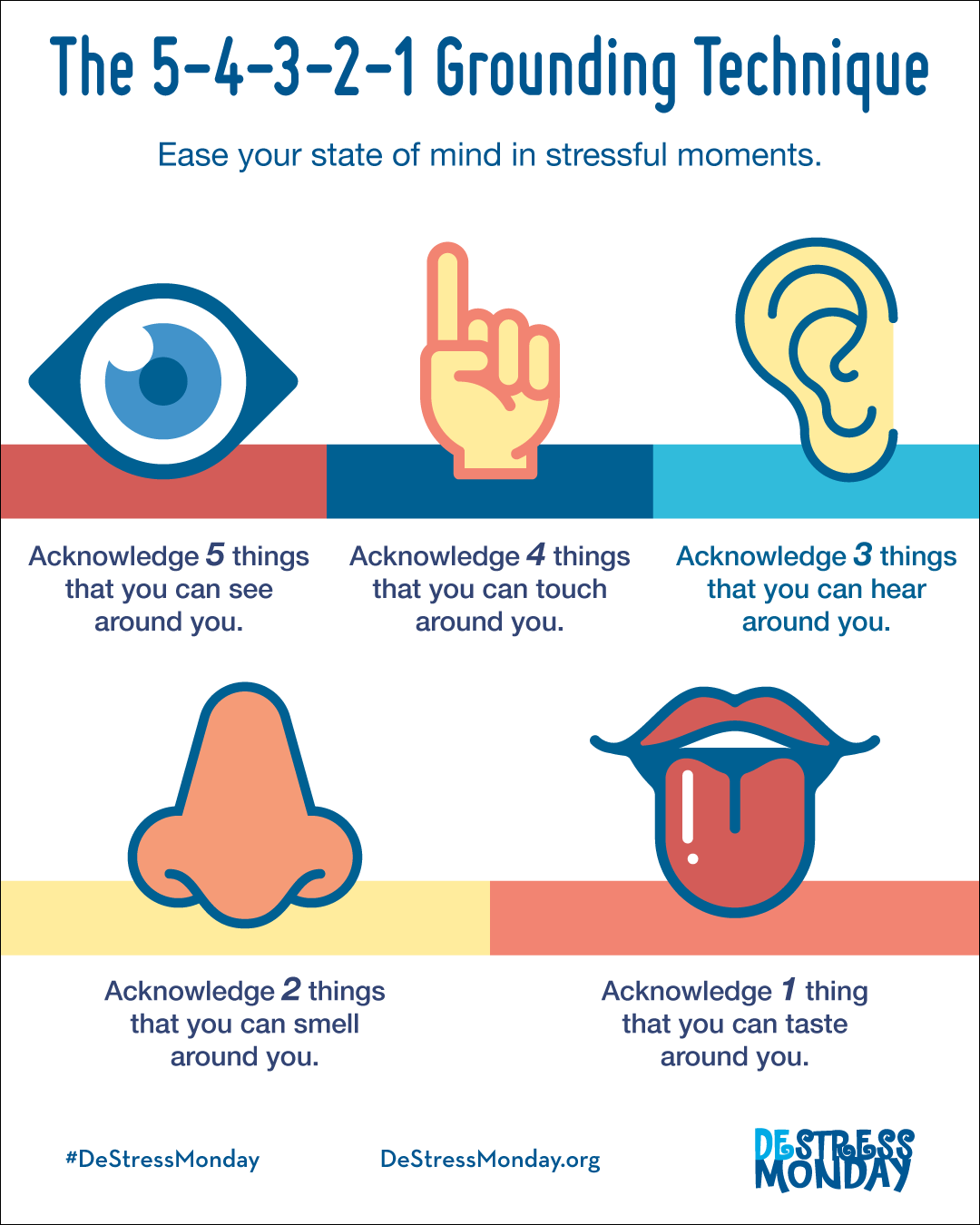These emotional states are a frequent internal trigger for substance use.
What is anxiety or depression?
A therapeutic coping strategy that focuses on observing emotions without reacting.
What is mindfulness?
The clinical term for behaviors or thought patterns that increase relapse risk.
What are high-risk factors?
This drug slows down brain activity and can cause drowsiness.
What is alcohol?
This group helps people with alcohol addiction through 12 steps.
What is Alcoholics Anonymous (AA)?
This emotion is linked to sadness and loss
what is grief?
Drinking water, eating nutritious food, and sleeping well are examples of this.
What is physical self care?
This external trigger involves being around people, places, or things associated with past substance use.
What is environmental exposure?
A cognitive-behavioral technique used to challenge irrational or distorted thinking.
What is cognitive restructuring?
This type of thinking involves believing you can control your substance use after a period of sobriety.
What is denial?
The stimulant drug that increases dopamine and norepinephrine, leading to euphoria and alertness.
What is cocaine?
Writing down thoughts and feelings to process emotions
Taking breaks and setting boundaries to avoid burnout.
What is self-care?
The term for intense psychological urges to use substances
What are cravings?
This grounding technique involves naming five things you can see, four you can touch, three you can hear, two you can smell, and one you can taste.
What is the 5-4-3-2-1 technique?
The process of reviewing past relapses to identify warning signs and patterns.
What is relapse analysis?
- Identify triggers: Examine situations, people, places, or emotions that may have contributed to the relapse.
- Assess coping mechanisms: Evaluate the effectiveness of the coping strategies used in the face of triggers and cravings.
- Review the relapse process: Look at the events that led up to the relapse, including thoughts, feelings, and behaviors.
- Develop a relapse prevention plan: Create a personalized plan that includes strategies for recognizing triggers, managing cravings, and seeking support when needed.
This opioid-reversal drug can save lives during an overdose.
What is naloxone (Narcan)?
This type of meeting offers support for family members of those with addiction.
What is Al-Anon?
Feeling easily annoyed or short-tempered can be a sign of this.
What is irritability?
This self-care practice helps with emotional regulation through slow, controlled movements.
What is Yoga?
This acronym refers to four common emotional triggers: hungry, angry, lonely, and tired.
What is HALT?
Using cold water or ice packs to reduce intense emotions is part of this skill.
What is a grounding technique?

This term describes a return to substance use after a period of abstinence.
What is a relapse?
Smoking this can slow reaction time and affect memory.
What is cannabis (marijuana)?
Acting out real-life situations in therapy to practice skills.
What is role-playing?
The brain chemical that impacts mood, often called the “feel-good” hormone.
What is serotonin?
Focusing on the present moment without judgment.
What is mindfulness?
Seeing old friends you used to use with is an example of this.
What is a trigger?
A creative activity like drawing or writing that helps distract from cravings.
What is an outlet or hobby?
The early warning phase of relapse is characterized by stress, poor self-care, and emotional instability.
What is emotional relapse?
This legal drug can cause liver damage when misused.
What is alochol?
This condition involves extreme sadness, fatigue, and loss of interest.
What is depression?
Eating healthy to improve your mood and recovery.
What is good nutrition?
This cognitive-behavioral term refers to automatic thoughts that can intensify cravings.
What are cognitive distortions?
Tensing and relaxing your muscles to release stress.
What is progressive muscle relaxation (PMR)?
This skill involves creating a detailed plan with specific strategies to manage triggers and prevent relapse.
What is relapse prevention planning?
Long-term drinking can cause this severe liver disease.
Being afraid of being judged in social situations.
What is social anxiety?
This stage of relapse involves emotional instability and poor self-care, despite no actual use.
What is emotional relapse?
Talking to a trusted friend, therapist, or sponsor when struggling.
What is reaching out for support?
This cognitive distortion involves underestimating the consequences of using again.
What is minimization
What are depressants?
Repeating thoughts or actions over and over compulsively, even when you do not want to.
What is OCD?